How does the garbage disposal station handle garbage? What are the ways to dispose of large waste?
2021-06-02In fact, the garbage discarded by us will be uniformly transported to the garbage disposal station, and then the garbage will be washed, compacted, aerated, filtered and other processes until it reaches the standard before it is allowed to discharge. There are three main types of waste disposal methods: landfill, incineration and composting.
How the garbage disposal station handles garbage?
1. First of all, domestic garbage is collected from all directions to the garbage disposal station.
2. Then, spray the garbage with special tools, compact it, and cover it with a film to prevent moisture from evaporating.
3. Since the bottom of the landfill has also been designed to prevent leakage, the waste permeate can only be slowly accumulated, then converged to the dam, and slowly flow down.
4. The garbage flows into the pool below the dam, and then passes through the sedimentation tank. Various chemicals are added in the dosing room, aeration, and reverse osmosis filtration.
5. CODcr-1400 Chemical Oxygen Demand Online Analyzer, NH3-N-1400 Ammonia Nitrogen Online Analyzer Real-time online monitoring of the corresponding values after sewage treatment, stand on the last shift until the discharge is up to standard.
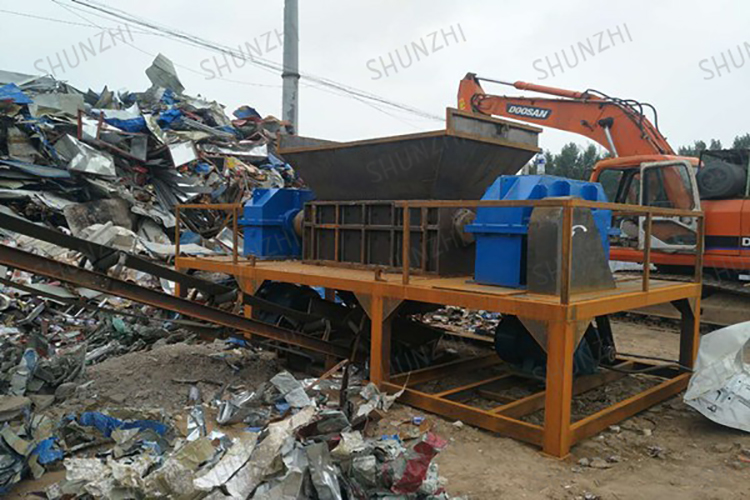
What are the ways to dispose of large waste?
1. Landfill treatment
Landfill is an effective method for consuming a large amount of municipal solid waste, and it is also the final treatment method for all waste disposal process residues. At present, direct landfill is generally adopted in my country. The so-called direct landfill method is to fill the garbage into the prepared pit and cover it with compaction to make it undergo biological, physical and chemical changes, decompose organic matter, and achieve the purpose of reduction and harmlessness. Generally, a landfill will be built in a low-lying place in a hilly and mountainous area far away from the city. In order to prevent secondary pollution, the following measures are taken:
(1) An impermeable layer is laid at the bottom and around it.
(2) Layered laying, that is, a layer of garbage is stacked, and then the soil is compacted. According to the introduction, some garbage stacking layers are also equipped with air and water pipes, and the generated biogas is used.
Landfill disposal method is one of the most common garbage disposal methods. Its biggest feature is that the disposal cost is low and the method is simple, but it is easy to cause secondary pollution of groundwater resources. With the increase in the amount of urban waste, there are fewer and fewer suitable landfill sites close to the city, and the development of long-distance landfill sites has greatly increased the waste discharge cost, which is even unbearable.
2. Incineration
Incineration is a method in which waste is placed in a high-temperature furnace to fully oxidize the combustible components, and the heat generated is used for power generation and heating. When burning garbage, the incinerator can turn garbage with a humidity of 7% into dry solids for incineration, and the incineration efficiency is over 95%. Steam turbine power generation, etc.
The advantage of incineration treatment is that the weight reduction effect is good (the volume of the residue after incineration is reduced by more than 90%, and the weight is reduced by more than 80%), and the treatment is thorough. But the production cost is extremely expensive. In most cases, the value of electricity generated by these household waste treatment equipment is far lower than the expected sales, leaving huge economic losses for the local government. Since garbage contains certain metals, incineration is highly toxic, resulting in secondary environmental hazards. Incineration treatment requires that the calorific value of the waste is greater than 3.35MJ/kg, otherwise, a combustion accelerant must be added, which will increase the operating cost to an unbearable level for ordinary cities.
3. Composting
The domestic garbage is piled up, kept at 70°C for storage and fermentation, and the organic matter is decomposed into inorganic nutrients with the help of the ability of microorganisms in the garbage to decompose. After composting, household waste is turned into hygienic, odorless humus. It not only solves the way out of garbage, but also achieves the purpose of recycling. However, the amount of domestic garbage compost is large and the nutrient content is low. Long-term use can easily cause soil compaction and groundwater quality deterioration. Therefore, the scale of composting is not easy to be too large.

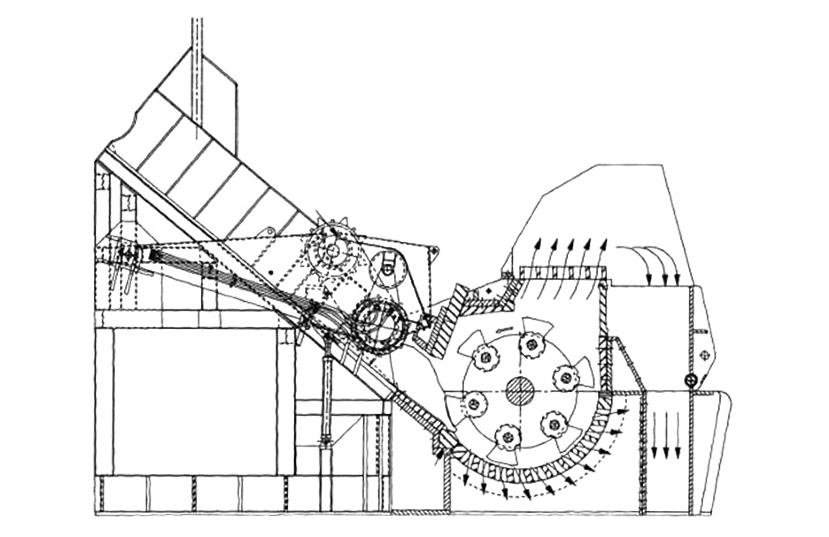
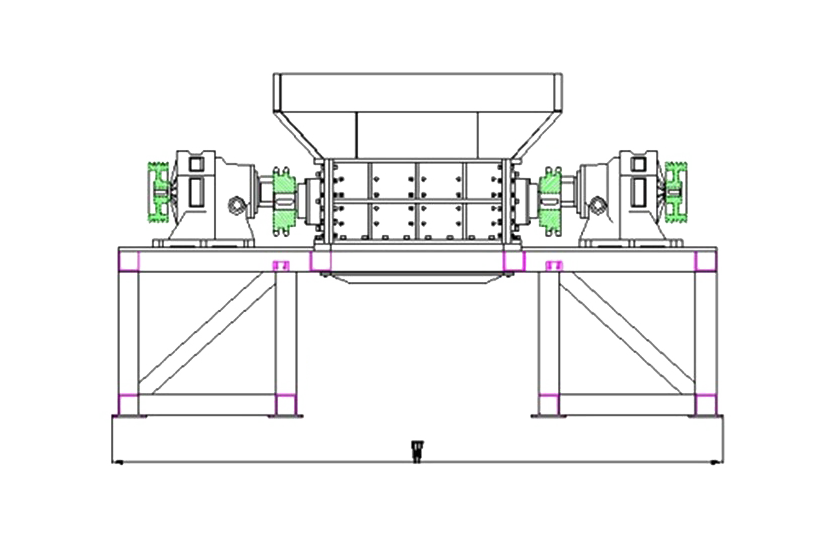
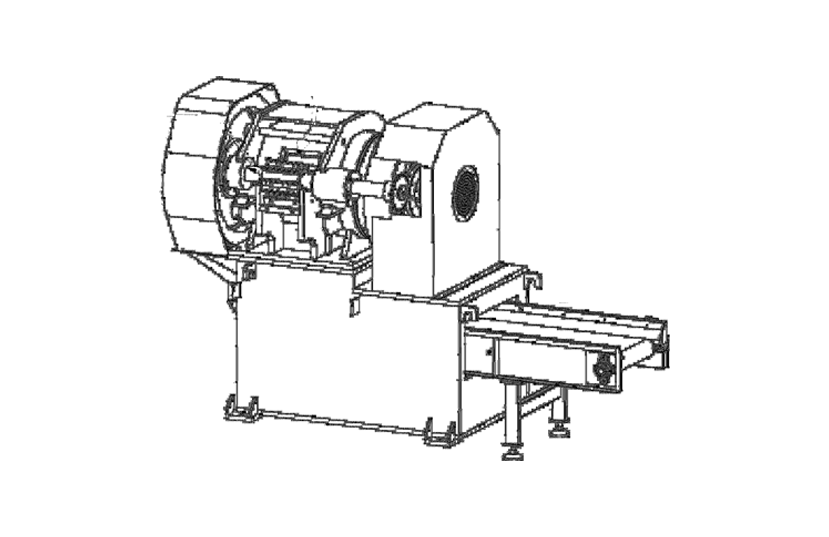
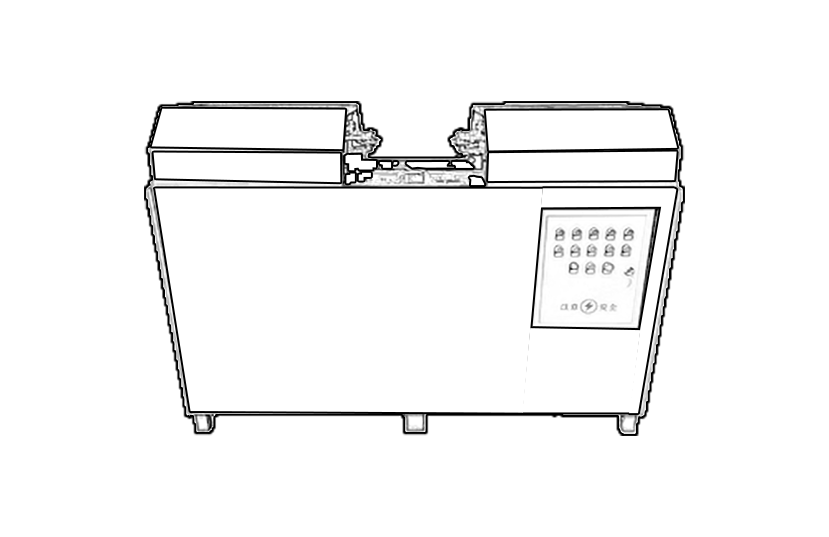


 Consultation
Consultation